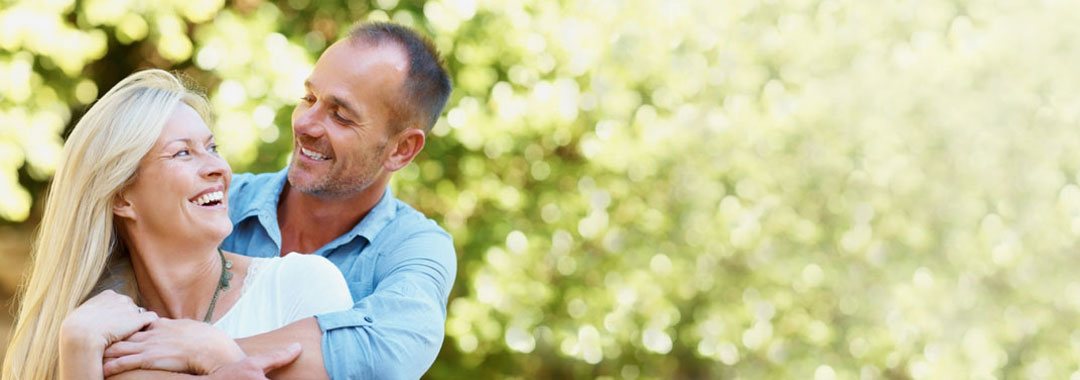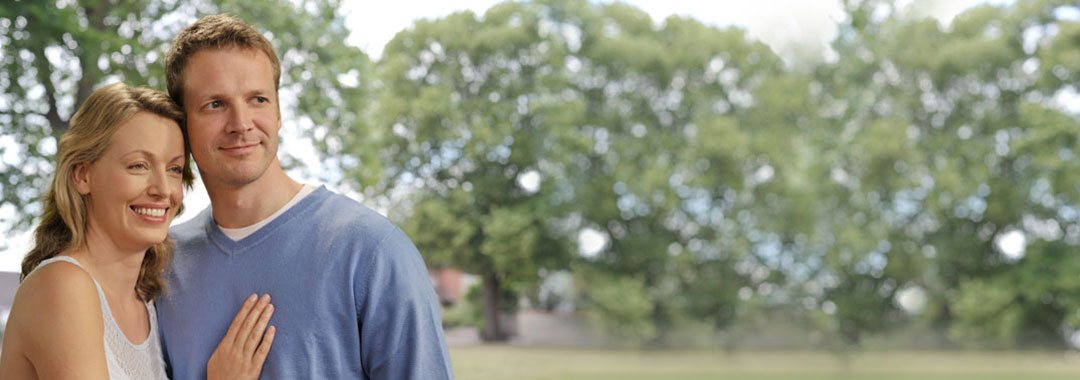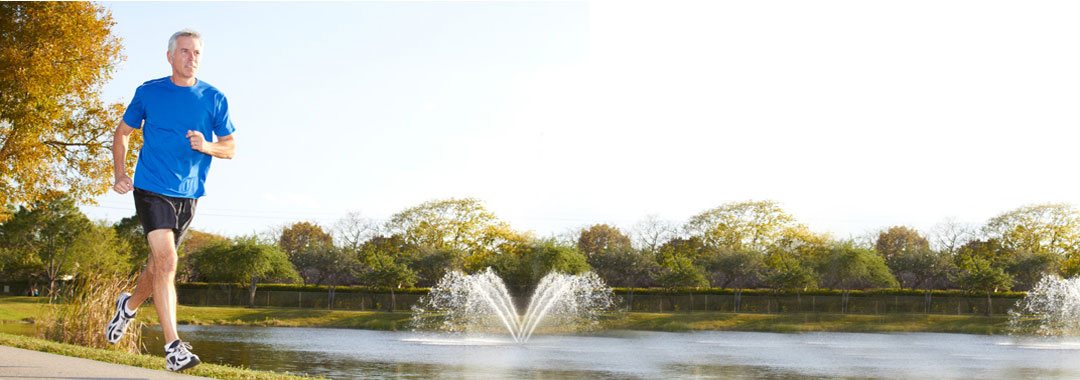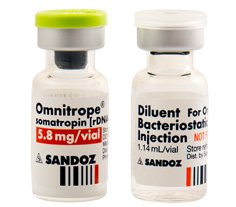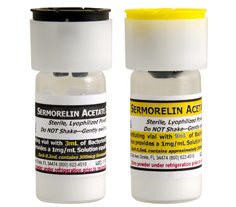HGH Benefits for Hair

Alopecia, or hair loss, can have an impact on a person’s emotional well-being. As we examine the HGH benefits for hair, it is important to first understand why hair loss occurs.
The average adult will lose around 100 hairs each day. Anything more than that could signal a problem.
Here are some of the reasons why women and men experience thinning or loss of hair as they age:
- Illness
- Hormone changes
- Stress
- Medications and medical treatments
- Genetics
- Pregnancy or post-pregnancy
- Aging
Hair is made up of cells. The body replenishes cells through a process called cellular regeneration. This process is stimulated by two crucial hormones:
- Human growth hormone
- Insulin growth factor 1
IGF-1, for short, is released by the liver following that organ receiving signals from HGH. IGF-1 then mediates and promotes the effects of HGH on the body, primarily on cellular regeneration.
The positive HGH effects on hair loss stimulate the production of new cells crucial for the hair growth cycle.
HGH and the Hair Growth Cycle
Since hair is made up of cells, it is no surprise that hair growth suffers when cellular regeneration due to growth hormone decline begins to decrease.
HGH helps hair growth by starting at the beginning of the hair growth cycle, as seen below:
- 1. Anagen Phase
The root of the hair follicle begins in the hair bulb. Here, nutrients are converted into new hair cells. As these cells form, they attach to the hair strand base at the follicle, pushing outward the older cells. This causes the hair strand to become longer and stronger.
The bloodstream (also cells) delivers growth signals and nutrients to the strand through the dermal papilla. This growth phase takes between 2 and 7 years, and during that time, the hair strand pushes its way through the follicle and into a process called keratinization.
Keratin producing cells called keratinocytes provide the fibrous proteins that fill the hair. HGH benefits for hair during this time include increasing production of keratinocytes. The longer the hair can stay in this phase, the longer and stronger it will grow. With age, this phase shortens, causing the hair to turn thinner with each cycle.
- 2. Catagen Phase
During this 10 day period, the active hair growth ends, and the strand detaches from the dermal papilla and becomes a club hair.
- 3. Telogen Phase
Now that the hair strand can no longer receive nourishment from the blood supply, it becomes lifeless and dull. An average of 15 percent of the hair on the head is active in this state at any given time. Extreme stress can throw up to 70 percent of the hair into this three-month phase. That is why severe hair loss often occurs three months after a stressful experience.

Thanks to positive HGH effects, hair thickening and growth begins to show about three to four months after beginning treatment for human growth hormone deficiency.
Benefits of HGH for Hair
The increase in cellular regeneration that strengthens and helps to regrow hair does not stop there.
While HGH helps hair loss by supporting the development and growth of new cells, it goes way beyond that point.
There are still other hair cells that benefit from this process of producing new cells. These cells are called melanocytes, and they provide the melanin that brings the pigment to the hair strand.
You find these melanocytes in the cortex, and the cells inject their pigment into the keratin protein of the strand as it passes through.
Pheomelanin is the pigment for red hair.
Eumelanin is the pigment that provides color to black or brown hair.
A lack of pigment is why some people have blond hair.
Gray hair occurs when brown eumelanin production ends but black eumelanin production continues.
Because of the beneficial HGH effects on hair, some people may notice a return of their natural hair color after six months of human growth hormone treatment.
To learn more about how HGH can benefit hair growth, or for a free consultation, please contact Kingsberg Medical to speak with a hormone specialist.
Brian Leeber
